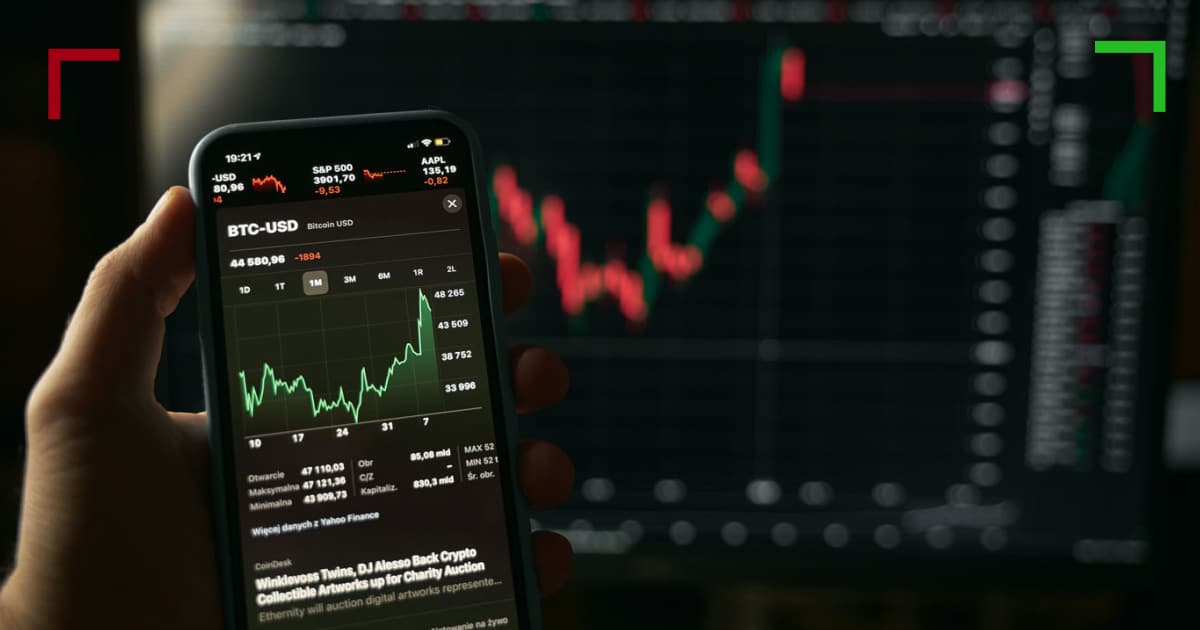
Understanding Crypto Trading Support Levels
In the volatile world of cryptocurrency, trading involves a cautious blend of strategy and intuition. A fundamental aspect of effective trading is the ability to identify and utilize support levels effectively. This article dives into what support levels are, their significance in crypto trading, and how traders can leverage these concepts to improve their trading outcomes. One insightful discussion on the topic can be found Crypto Trading Support Levels https://www.carlagericke.com/tag/the-good-life/page/7/.
What Are Support Levels?
Support levels refer to price points on a crypto trading chart where a downtrend can potentially halt due to an increase in buying interest. In essence, at support levels, buyers step in and absorb selling pressure, which can lead to price stabilization or a rebound. Understanding these levels allows traders to make informed decisions about when to enter or exit positions.
How Support Levels are Established
Support levels are typically established through historical price data. Traders look at previous price movements to identify areas where the price has bounced back consistently. More specifically:
- Historical Prices: Areas where the price has previously reversed often become future support levels.
- Trendlines: Diagonal lines drawn on a chart can indicate support when they connect multiple price points over a period.
- Moving Averages: Certain moving averages, like the 50-day or 200-day moving average, can serve as dynamic support levels.
Types of Support Levels
Identifying different types of support levels can enhance a trader’s toolkit. These can be categorized as follows:
1. Fixed Support Levels
Fixed support levels are based on specific price points identified from historical data. For instance, if Bitcoin has consistently bounced back at $30,000, this price can be considered a fixed support level.

2. Psychological Support Levels
These levels often align with round numbers, such as $10,000 or $50,000. Traders often have psychological tendencies to place buy orders at these levels, which can create significant buying pressure.
3. Dynamic Support Levels
Dynamic support levels, created by indicators such as moving averages, move with the price. This means that as prices fluctuate, the positioning of these support levels shifts, which helps traders to adapt to changing market conditions.
Identifying Support Levels on Charts
Traders utilize various charting techniques to identify support levels. Some common tools include:
- Candlestick Patterns: Look for reversal patterns that occur at significant support levels.
- Volume Analysis: A spike in buying volume at a support level can validate its strength.
- Technical Indicators: Utilizing tools like RSI (Relative Strength Index) can indicate whether a security is overbought or oversold, potentially signifying that a support level is near.
Utilizing Support Levels in Trading Strategies
Understanding support levels can greatly enhance a trader’s strategy. Here are some ways traders can effectively incorporate support levels:
1. Entry Points
Traders can consider entering a long position when a cryptocurrency approaches a well-established support level, especially if there is evidence of increased buying pressure.

2. Setting Stop Losses
Support levels serve as a natural point for placing stop-loss orders. If the price breaks below a support level, it may signal a reversal, prompting the trader to exit the position and limit losses.
3. Scaling in/out of Positions
Some traders choose to scale their positions at multiple support levels, adding to their position incrementally as the price approaches these levels, thereby managing risk effectively.
The Role of Market Sentiment
Market sentiment can have a significant impact on support levels. News events, regulatory updates, or shifts in market sentiment can affect buying interest and consequently, the strength of support. Staying informed and interpreting news can help traders anticipate changes in support levels.
Common Mistakes with Support Levels
Despite the utility of support levels, traders often make mistakes when interpreting them:
- Blindly Trusting Support: Just because a support level has held in the past does not guarantee it will continue to do so.
- Ignoring Volume: A support level with low trading volume is less reliable than one with strong buying interest behind it.
- Failing to Adapt: Markets are dynamic, and support levels can shift. Traders must stay vigilant and adjust their strategies accordingly.
Conclusion
In conclusion, understanding and utilizing support levels in crypto trading is essential for both novice and experienced traders. By combining technical analysis with a strong grasp on market sentiment, traders can enhance their decision-making process, optimize entry and exit points, and ultimately improve their trading performance in the dynamic world of cryptocurrencies. Whether utilizing historical price data, recognizing psychological barriers, or employing technical indicators, mastering support levels is a key component of successful trading strategy.